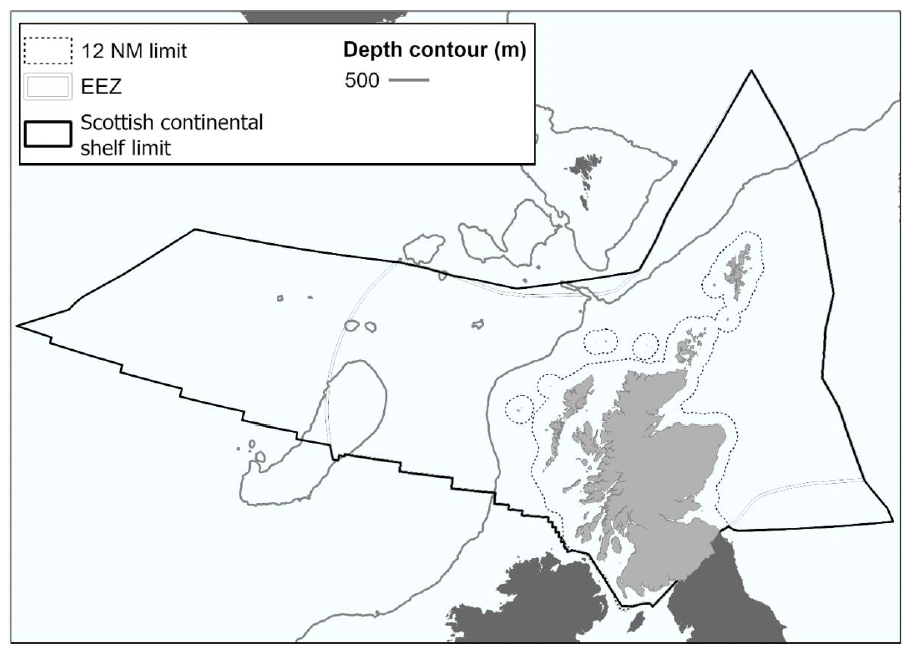Scottish seabird conservation - action plan: consultation
We are seeking your views on the Scottish seabird conservation action plan. This sets out a series of proposed priority actions for building seabird resilience and focusing collaborative seabird conservation action.
Scope
The action plan covers 22 species of seabird (Table 1) that frequently occur in Scottish waters. In the context of this plan, ‘seabirds’ consist of petrels and shearwaters (Procellariiformes); gannets and cormorants (Suliformes); skuas, gulls, terns and auks (Charadriiformes)[4]. Further information on each species, is provided in the Species Accounts that accompany this action plan.

| Species | UK conservatio n status[5] | % of GB breeding population in Scotland[6] | Trend in Scottish breeding population | % of GB wintering population in Scotland |
|---|---|---|---|---|
| Northern fulmar | Amber | 98% | Declining | 89%[7] |
| European storm petrel | Amber | 89% | n/a | n/a |
| Leach's storm petrel | Red | 100% | Declining | n/a |
| Arctic skua | Red | 100% | Declining | n/a |
| Great skua | Red | 100% | Increasing | <1%[7] |
| Black-legged kittiwake | Red | 61% | Declining | <1%[7] |
| Little gull | Green | n/a | n/a | Unknown |
| Lesser black- backed gull | Amber | 21% | Declining | 8%[7], [8] |
| Herring gull | Red | 63% | Declining | 37% |
| Great black- backed gull | Red | 71% | Declining | 24%[7], [9] |
| Little tern | Amber | 16% | n/a | n/a |
| Sandwich Tern | Amber | 9% | Stable | n/a |
| Common tern | Amber | 39% | Declining | n/a |
| Arctic tern | Red | 66% | Declining | n/a |
| Manx shearwater | Amber | 38% | n/a | n/a |
| Northern gannet | Amber | 84% | Increasing | <1%[7] |
| European shag | Amber | 84% | Declining | 82%[7], [10], [11] |
| Great Cormorant | Green | 42% | n/a | 35%[7], [9], [12] |
| Atlantic puffin | Red | 78% | Declining | 3.7%[7] |
| Black guillemot | Green | 100% | Declining | 95% |
| Common guillemot | Amber | 73% | Declining | 28%[7], [13] |
| Razorbill | Red | 69% | Declining | 45%[7] |
Note: The trends pre-date the impact of HPAI.
Contact
Email: marine_species@gov.scot
There is a problem
Thanks for your feedback